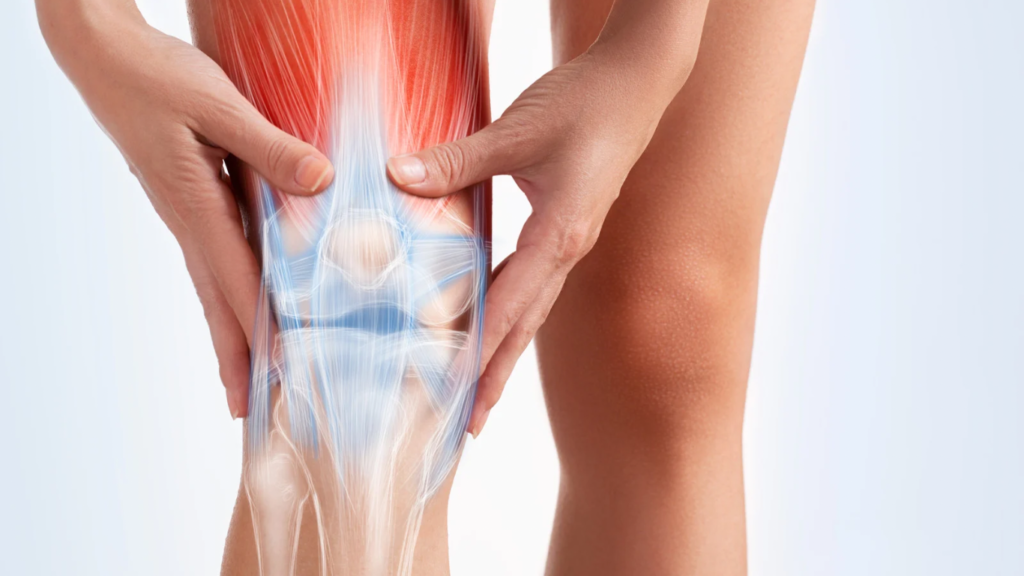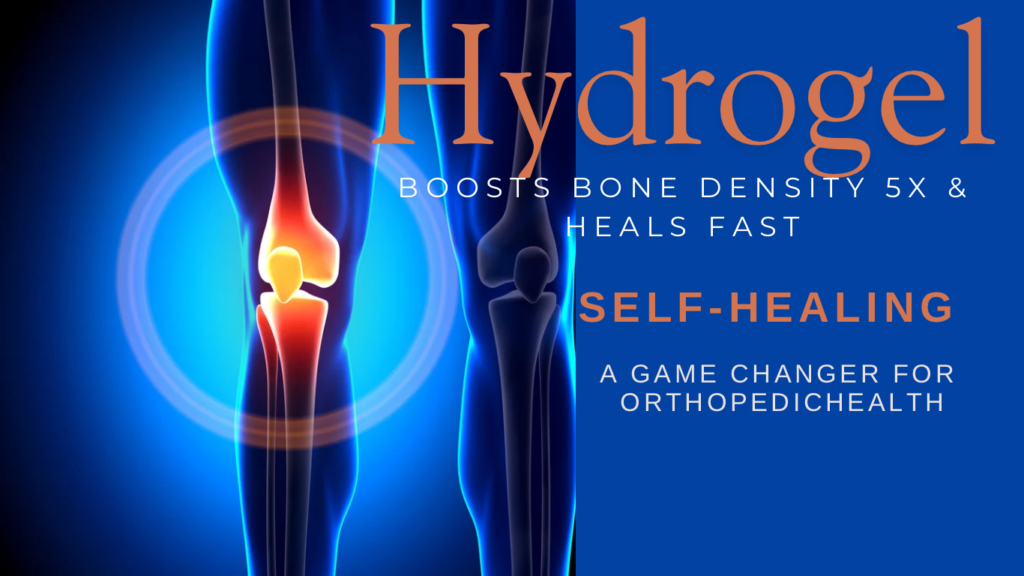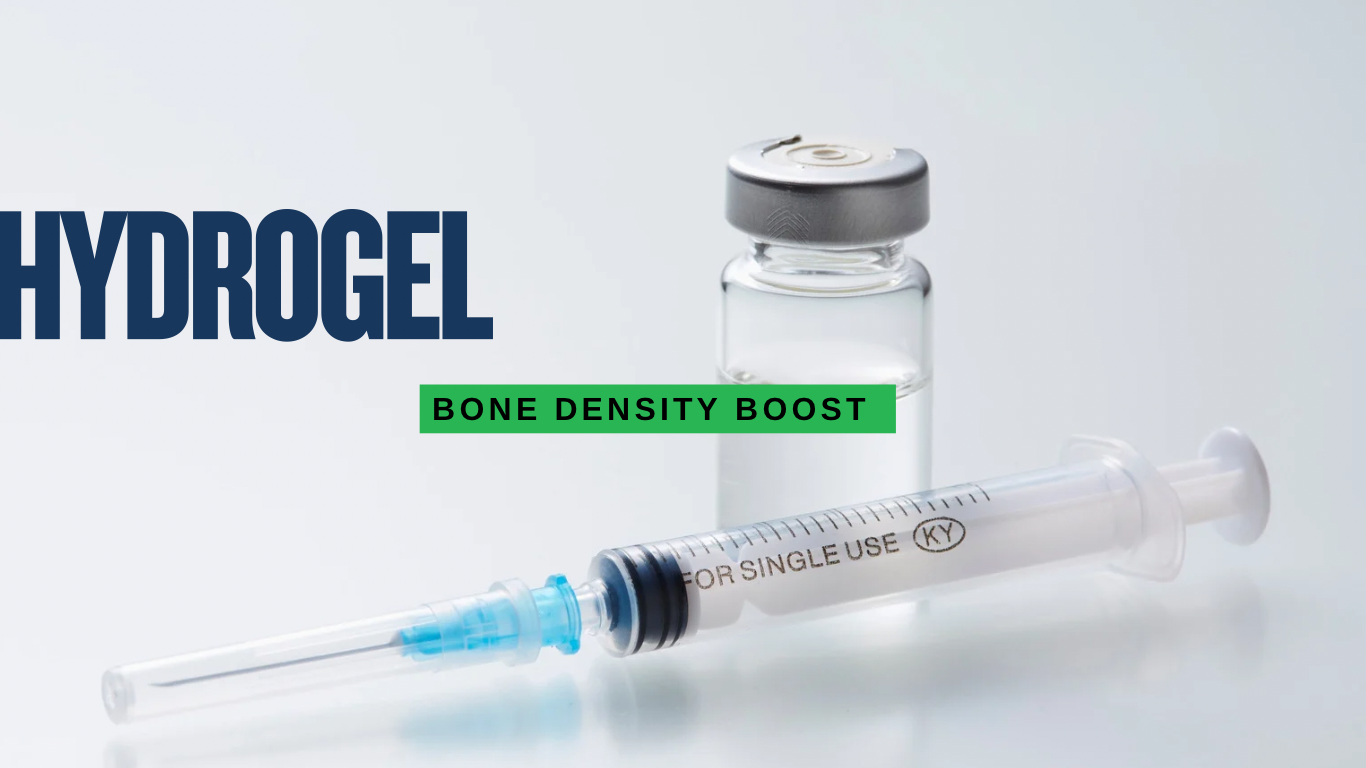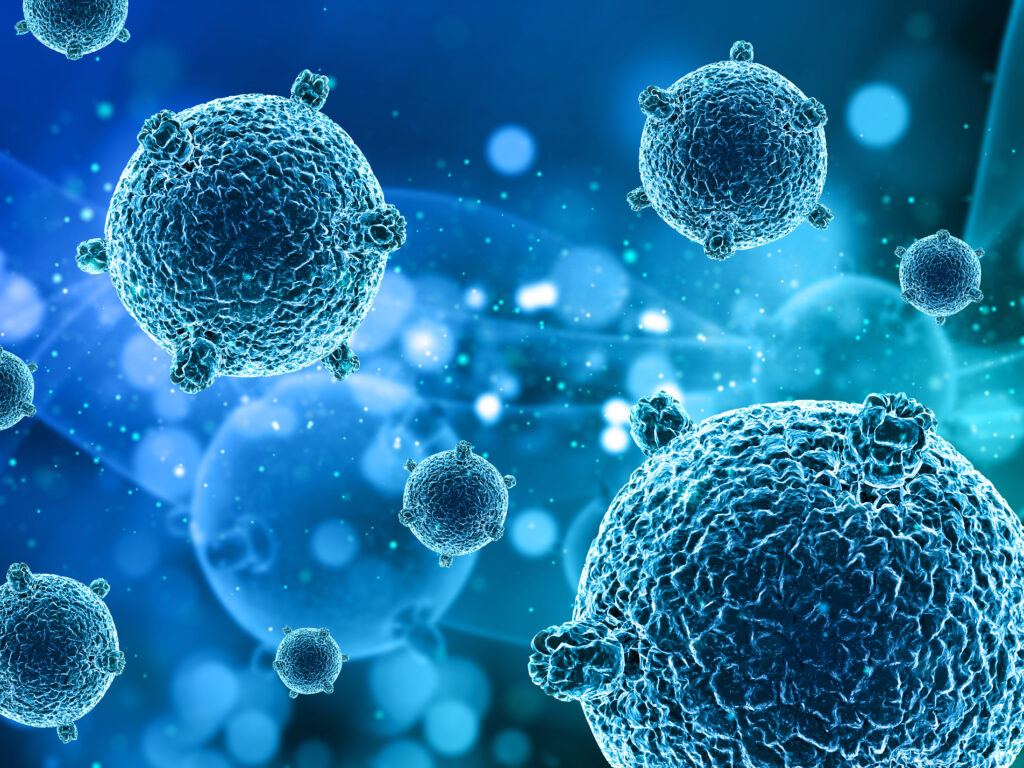In the future, broken bones could heal in weeks instead of months. Osteoporosis may no longer be a debilitating condition. Bone density will increase five times with a new hydrogel. Researchers from Aalto University and the University of Bayreuth have developed this innovative material, bringing this future closer than expected.
The Science Behind the Super Hydrogel
This cutting-edge hydrogel is a biotech marvel that replicates the strength, suppleness, and capacity for self-healing of human skin. It is made up of networks of polymers and nanosheets, which combine to produce a structure that promotes bone regeneration and speeds up healing at a never-before-seen pace.
This hydrogel’s capacity for rapid healing is what ultimately sets it apart. When sliced, it can recover fully in 24 hours and 90% of its damage in just 4 hours. This characteristic makes it a perfect fit for medical applications as it mimics the biological tissues’ inherent self-healing processes.
Bone Density Boost: A Game Changer for Orthopedic Health

The hydrogel is a transformative solution for osteoporosis and bone fractures. Current treatments take years to show improvement. The new hydrogel increases bone density by 5X, reducing recovery times and strengthening bones.
The hydrogel’s network of polymers reinforces bone structure, helping bones regain strength and flexibility. This prevents brittleness caused by aging or severe fractures.
Self-Healing: The Future of Regenerative Medicine
This hydrogel’s capacity to mend itself is its most amazing quality. Its polymer network, like human skin, realigns and repairs itself when injured. As a result, fewer surgical procedures will be required to maintain the durability of implanted materials and make them last longer.
This innovation has the potential to transform a number of sectors, including:
Orthopedics: Quicker recovery from bone implants and fractures.
Geriatric Medicine : Osteoporosis and age-related bone loss may be addressed via geriatric medicine.
Sports medicine : Helps players recover from injuries more quickly.
Tissue Engineering : Potential applications of tissue engineering include skin transplants and bio-printed organs.

What’s Next?
The hydrogel’s being tested to check if it’s safe and effective for humans in the long run. Scientists will start clinical trials soon, maybe leading to amazing new bone grafts that could revolutionize regenerative medicine.
A New Era of Healing
This hydrogel, capable of quintupling bone density and self-healing in 24 hours, transcends mere materiality; it’s a medical revolution. Thanks to biotechnological breakthroughs, broken bones may soon be a minor inconvenience.
Follow the journey of this remarkable material as it progresses from laboratory experiments to real-world medical applications, transforming bone health.
What impact do you believe this invention will have on medicine going forward? Tell us in the comments below!
FAQs
Q1. How’s the hydrogel different from regular bone grafts?
In contrast to conventional bone transplants, which need invasive surgery and protracted recuperation times, the hydrogel promotes bone density, speeds up healing, and has a 24-hour self-healing time.
Q2. Is surgery necessary for the hydrogel, and could it be injected?
In order to avoid the necessity for extensive surgeries, researchers are investigating minimally invasive application techniques such as injectable hydrogels.
Q3. For what length of time does the hydrogel continue to work in the body?
According to preliminary research, the hydrogel fuses with bone tissue and is stable for long stretches of time; however, more extensive testing is required to ascertain its exact longevity.
Q4. Are there any adverse effects from the hydrogel?
Although the hydrogel has not yet demonstrated any harmful effects in laboratory testing, human trials are required to ensure its safety before it can be used widely in medicine.
Q5. When will the hydrogel be accessible for usage in medicine?
Although the hydrogel is still in the development stage, clinical trials may start shortly. If it works, it might be accessible for medicinal use in the coming years.



